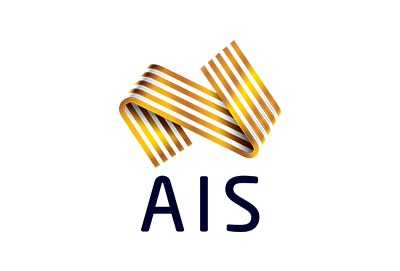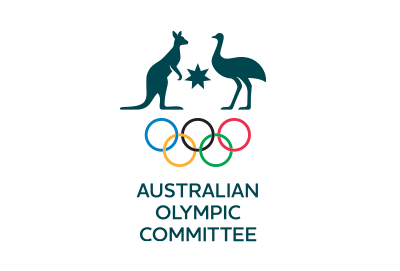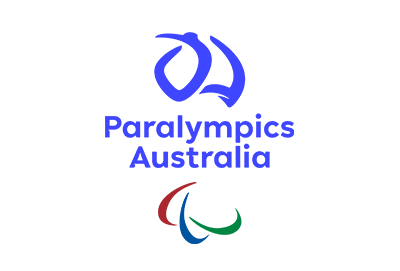Updated 11 March 2022
Return to sport following COVID-19 illness
COVID-19 infections commonly result in asymptomatic or mild symptoms in athletic populations. However, it is very important to return athletes to training using a safe and graduated approach. Athletes should consult their team doctor / sport CMO for guidance while adhering to their state isolation periods.



Advice and resources
Valtonen, M., Waris, M., Vuorinen, T., Eerola, E., Hakanen, A. J., Mjosund, K., . . . Ruuskanen, O. (2019). Common cold in Team Finland during 2018 Winter Olympic Games (PyeongChang): epidemiology, diagnosis including molecular point-of-care testing (POCT) and treatment. British Journal of Sports Medicine, bjsports-2018-100487. Retrieved from http://bjsm.bmj.com/content/early/2019/05/29/bjsports-2018-100487.abstract. doi:10.1136/bjsports-2018-100487
Wu, Z., & McGoogan, J. M. (2020). Characteristics of and Important Lessons From the Coronavirus Disease 2019 (COVID-19) Outbreak in China: Summary of a Report of 72 314 Cases From the Chinese Center for Disease Control and Prevention. JAMA. Retrieved from https://doi.org/10.1001/jama.2020.2648. doi:10.1001/jama.2020.2648
Zhang, S., Diao, M., Yu, W., Pei, L., Lin, Z., & Chen, D. Estimation of the reproductive number of Novel Coronavirus (COVID-19) and the probable outbreak size on the Diamond Princess cruise ship: A data-driven analysis. International Journal of Infectious Diseases. Retrieved from https://doi.org/10.1016/j.ijid.2020.02.033. doi:10.1016/j.ijid.2020.02.033
State and territory specific coronavirus advice
- ACT Government
- NSW Government
- NT Government
- QLD Government
- SA Government
- TAS Government
- VIC Government
- WA Government
Find state and territory contacts for return to sport submissions here:

